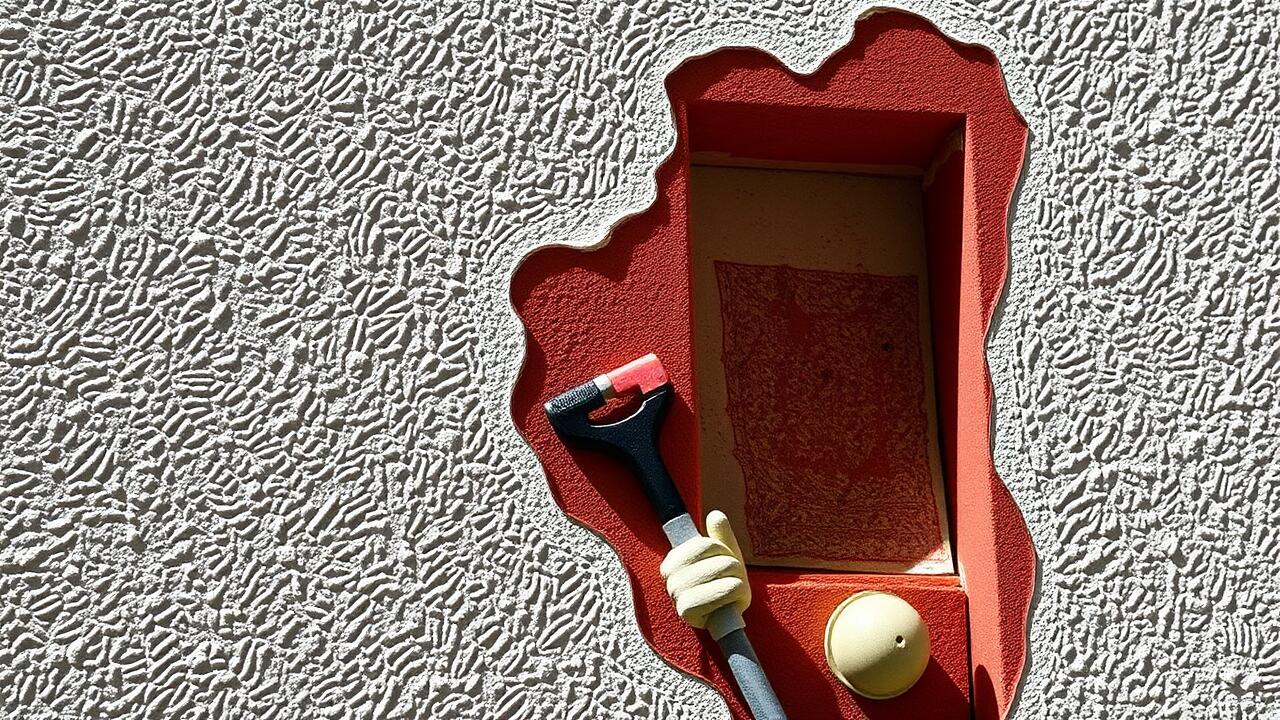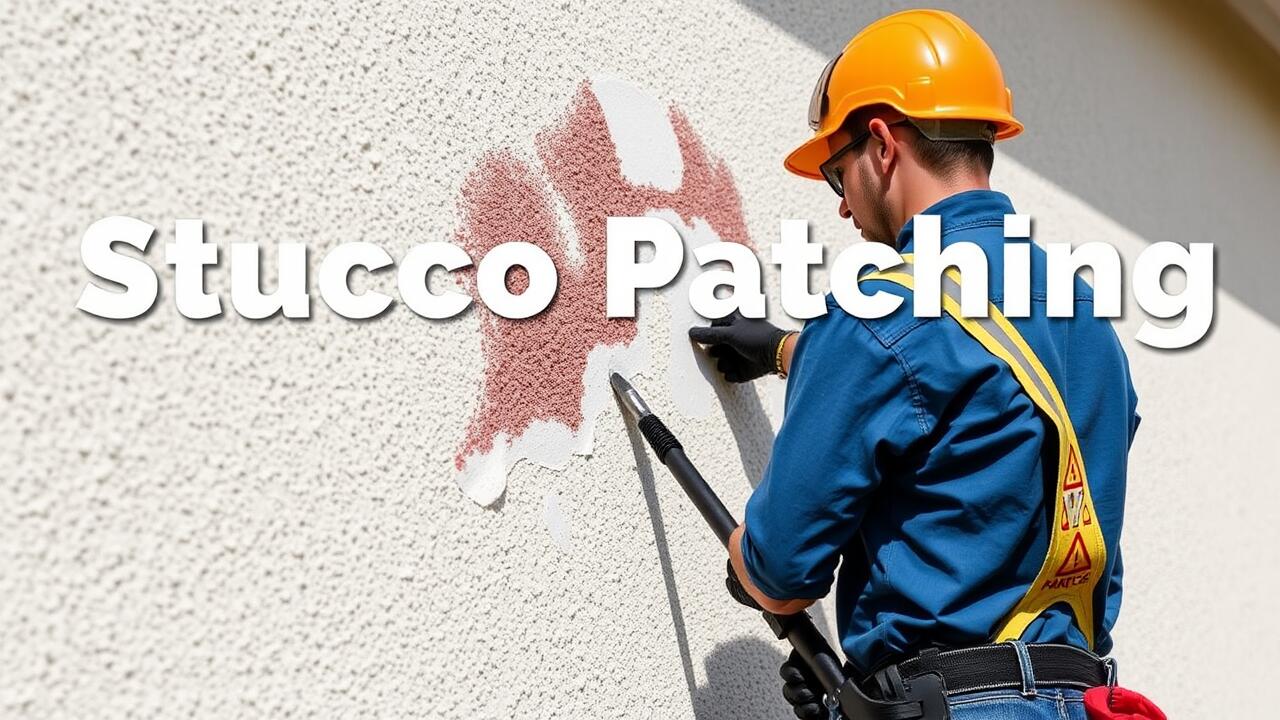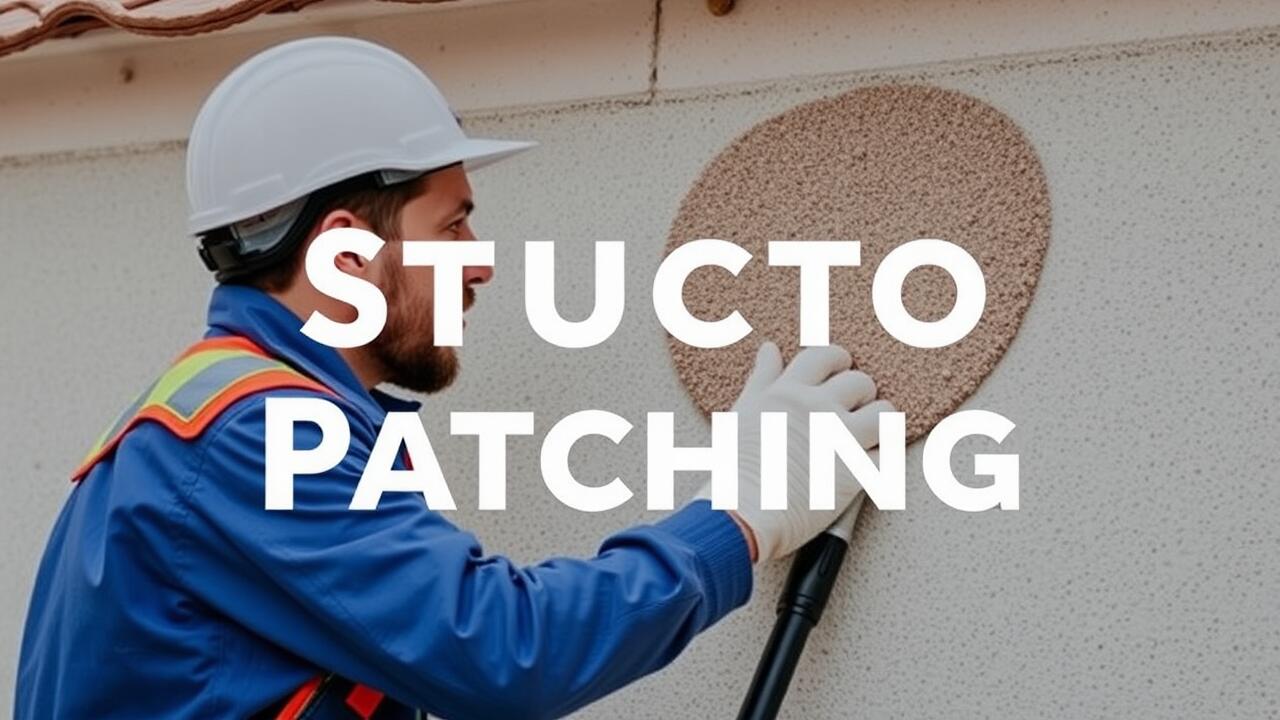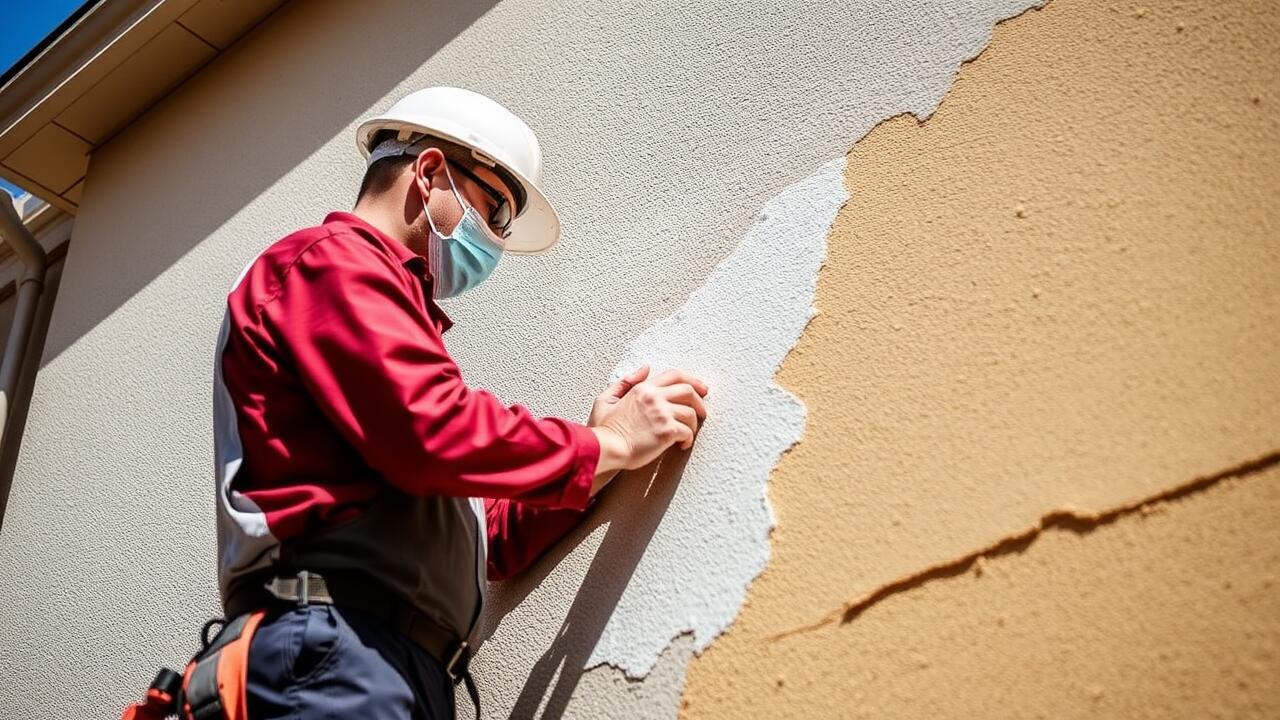
Evaluating Moisture Levels
Evaluating moisture levels is a crucial step in the process of stucco patching. Excess moisture can lead to significant problems, including mold growth and structural damage if not addressed prior to applying patch materials. Homeowners in Pacific Palisades, Los Angeles should utilize moisture meters to accurately gauge the dampness of the existing stucco. This provides a reliable assessment and aids in determining whether the surface is suitable for patching.
Understanding the humidity levels also helps in selecting the right materials for the job. If moisture levels are too high, it may be necessary to wait for proper drying conditions or take additional measures to reduce moisture. For those considering stucco patching in Pacific Palisades, Los Angeles, monitoring environmental factors such as rainfall and temperature is also advisable, as these can significantly affect drying times and overall project success.
Importance of Checking for Dampness
Checking for dampness is a crucial step in the stucco patching process. Excess moisture beneath the surface can lead to improper adhesion and could compromise the overall durability of the repair. In areas like Encino, Los Angeles, where the climate can fluctuate, ensuring that the substrate is dry helps prevent future issues such as mold growth and further deterioration of the plaster.
Using a moisture meter can provide accurate readings of the underlying material. This tool is especially helpful for professionals and DIYers alike in Stucco Patching Encino, Los Angeles, where maintaining the integrity of exterior surfaces is vital. If dampness is detected, allowing adequate time for the area to dry before proceeding with repairs will contribute significantly to the longevity and effectiveness of the patch.
Priming the Surface
Priming the surface before applying stucco is a crucial step that enhances bonding between the old and new material. A quality primer serves as an interface layer that helps to seal any porous areas and reduces the absorption of moisture. When undertaking projects like stucco patching in Venice, Los Angeles, using a proper primer can make a significant difference in the longevity and appearance of the final finish. Priming not only promotes better adhesion but also helps the patched areas blend more seamlessly with the surrounding stucco.
Furthermore, the benefits of priming extend to the prevention of cracking and peeling in the future. When the surface is well-prepared, the primer creates a smooth foundation for the stucco, which is essential for achieving a uniform texture. Many professionals recommend using a primer that is specifically formulated for stucco materials to maximize performance. Prioritizing this step ensures that the patching work in Venice, Los Angeles maintains its integrity and aesthetic appeal over time.
Benefits of Using a Primer
Using a primer in stucco patching offers several advantages that enhance the durability and appearance of the finished surface. Primers help to create a uniform base, ensuring that the new material adheres properly to the existing surface. This consistent adhesion minimizes the risk of peeling or cracking over time, which can occur if the patch is applied directly to unprimed stucco. In regions like Mid-Wilshire, Los Angeles, where weather conditions can fluctuate, a reliable primer can also provide an additional layer of moisture resistance, further protecting the patchwork from potential damage.
The application of a primer can significantly improve the overall color consistency of the patched area. When the primer dries, it often creates a surface that allows for better pigment adhesion in the subsequent layers of stucco. This is particularly important in neighborhoods like Mid-Wilshire, where aesthetic cohesion among properties can impact property values. By utilizing a primer before patching, homeowners can achieve a more seamless and visually appealing result, blending the repaired areas with the original stucco finish.
Techniques for Patching Stucco
When it comes to effective stucco patching, preparation and technique are crucial for a lasting repair. Properly assessing the area involves cleaning loose debris and dust, which sets a solid foundation for the new application. Tools such as a trowel and a mix of suitable materials should be gathered before beginning. Ensuring the patch adheres well to the surface prevents issues from arising in the future, especially in regions like Stucco Patching Downtown Los Angeles, where fluctuating weather conditions can impact the integrity of the repair.
After preparing the surface, applying the patch requires attention to detail. Begin by mixing the stucco repair compound according to the manufacturer's instructions. Work the compound into the damaged area before smoothing it out to match the surrounding texture. This technique not only provides a seamless finish but also reinforces the structural stability of the stucco. Practicing these steps will yield better results, particularly for homeowners and contractors engaged in projects aimed at revitalizing properties in Los Angeles.
Step-by-Step Guide for Effective Application
Begin the stucco patching process by thoroughly cleaning the designated area. Remove any loose or damaged stucco using a chisel or wire brush. Ensure that the edges of the patch are at least slightly beveled to promote better adhesion with the new material. After cleaning, evaluate the moisture levels in the surrounding stucco. Dry surfaces allow for maximum absorption of the patching compound, which is essential for ensuring a lasting repair.
Once the area is prepared, apply a bonding agent to further enhance adhesion. You can mix the patching compound according to the manufacturer's instructions before proceeding. Carefully fill the patch using a trowel, ensuring the new material matches the surrounding texture. When you're in the Koreatown area of Los Angeles, consider consulting with local professionals, as they can offer specific advice and materials suited to the region's unique climate and stucco needs.
FAQS
Why is surface preparation important before patching stucco?
Proper surface preparation is essential for ensuring that the patch adheres effectively to the existing stucco, preventing future cracking and peeling, and promoting a long-lasting finish.
How can I evaluate moisture levels in my stucco?
You can evaluate moisture levels by using a moisture meter, checking for visible signs of dampness, or conducting a simple plastic sheet test to see if condensation builds up on the surface over time.
What are the benefits of using a primer before stucco patching?
Using a primer helps to seal the surface, improves adhesion of the patching material, and enhances the overall finish by providing a uniform base for the application of new stucco.
What techniques should I follow for effective stucco patching?
Effective stucco patching involves cleaning the area, evaluating moisture levels, applying primer, mixing the patching compound correctly, and following a step-by-step application process for even coverage.
Can I patch stucco myself, or should I hire a professional?
While some homeowners may choose to patch stucco themselves, it is advisable to hire a professional if you are unsure about the process, especially for larger or more complex repairs, to ensure quality and durability.



